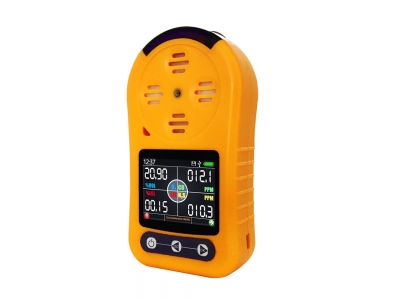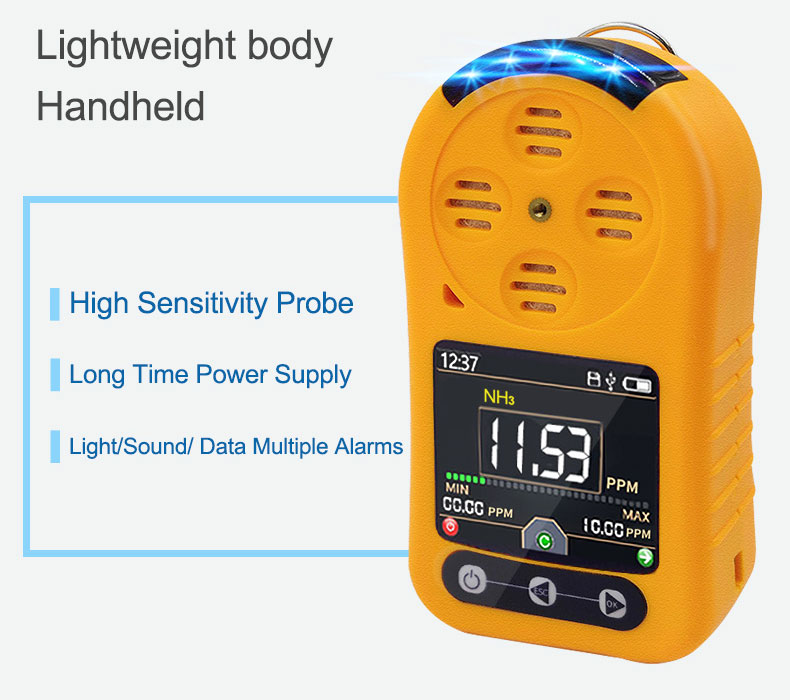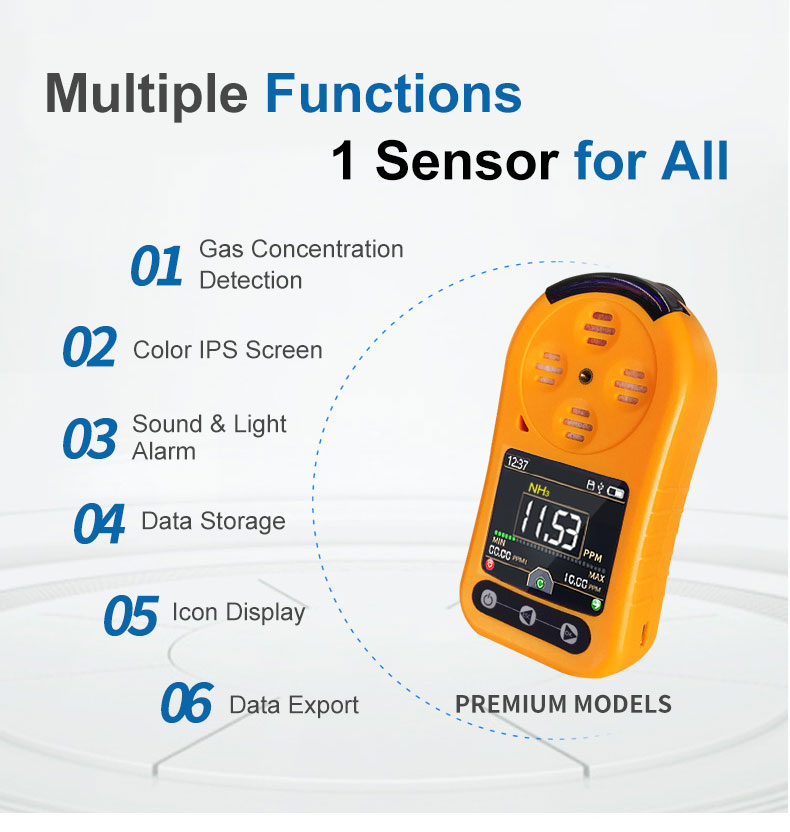
How Combustible Gas Detector Works
If the concentration exceeds the limit, call the police immediately and we will take immediate action. Therefore, combustible gas detector plays an important role in ensuring the safety of life production.

If the concentration exceeds the limit, call the police immediately and we will take immediate action. Therefore, combustible gas detector plays an important role in ensuring the safety of life production.
Combustible gas has certain diffusion characteristics. In order to prevent the occurrence of flammable gas leakage accident, the key is how to effectively control the continuous diffusion of flammable gas. What we need to do is often to detect whether the concentration of combustible gas is excessive. If the concentration exceeds the limit, call the police immediately and we will take immediate action. Therefore, combustible gas detector plays an important role in ensuring the safety of life production.

A combustible gas detector is a kind of gas leak detector that monitor the concentration of single or multiple combustible gases and give an alarm. Combustible gas detectors are mainly divided into two types, catalytic type and infrared optical type base on the working principle.
The catalytic combustible gas detector measures the concentration of combustible gas according to the resistance change of refractory metal platinum wire after heating. When the combustible gas enters the detector, it will cause oxidation reaction on the surface of the platinum wire (flameless combustion), and the heat generated will cause the rise in the temperature of the platinum wire. Then, the resistivity of the platinum wire will change, and the detected data will also change and sound an alarm.
The infrared optical type combustible gas detector makes use of an infrared sensor to monitor the combustible gas in the field environment based on the absorption principle of the infrared light source. When the gas passes through the infrared beam, the beam will be distorted, and the gas detector will figure out what kind of gas it is according to the distortion of light.handheld combustible gas detector
Both infrared sensor and catalytic sensors are commonly used in combustible gas detector, and each sensor has its advantages and disadvantages. The infrared sensor is more durable and have a longer service life because it doesn’t have direct contact with the gas. In addition, it has less requirement for calibration because the gas detector can constantly re-adjust the beam. The catalytic sensor is less susceptible to dust and dirt, therefore it can monitor most hydrocarbons and hydrogen. And it is also not affected by humidity, condensation, pressure or temperature. Therefore, we need to fully understand their pros and cons and select the most appropriate combustible gas detector according to the practical applications.

A construction company often needs to undertake underground job and requires a multi-gas detector for monitoring the combustible gas, CO, H2S and O2. As the underground environment is not ventilated for a long time, some harmful gases may be produced by fermentation. Therefore, ventilation must be carried out before the personnel go down for the construction. After ventilation, it is required to detect whether the underground environment is suitable for personnel to go down. If the environment is not up to standard, it must be ventilated until it meet the standard. Before the personnel go down, first hang the gas detector down for detection. If the concentration of harmful gas is still high, the gas detector will give an alarm and the personnel can hear it. Then the personnel can take the detector back and check the historical data inside the detector. Thus, the personnel can carry out the underground work until the concentration in the underground environment is up to safe standard. Personnel can also carry this gas detector when working in the underground. It can monitor the gases at any time to guarantee the personnel safety.